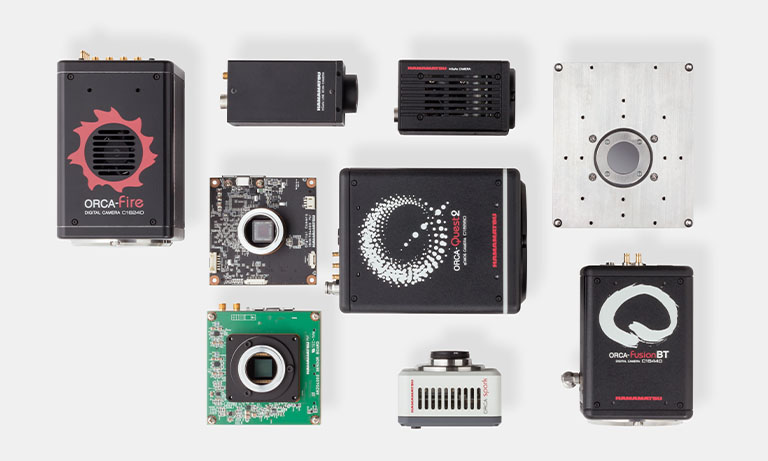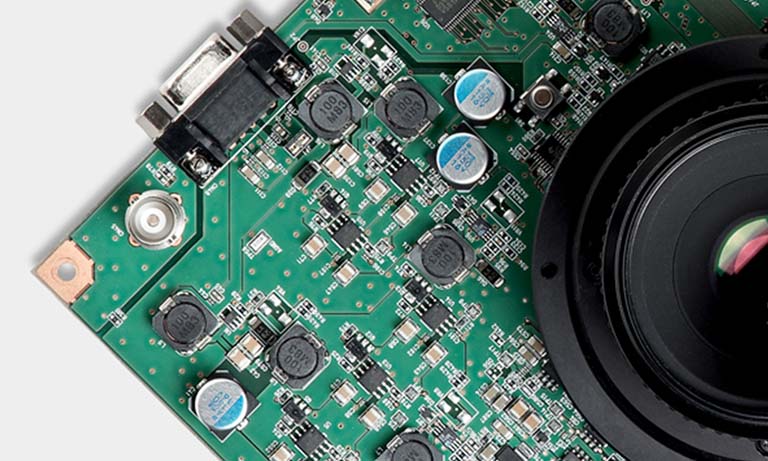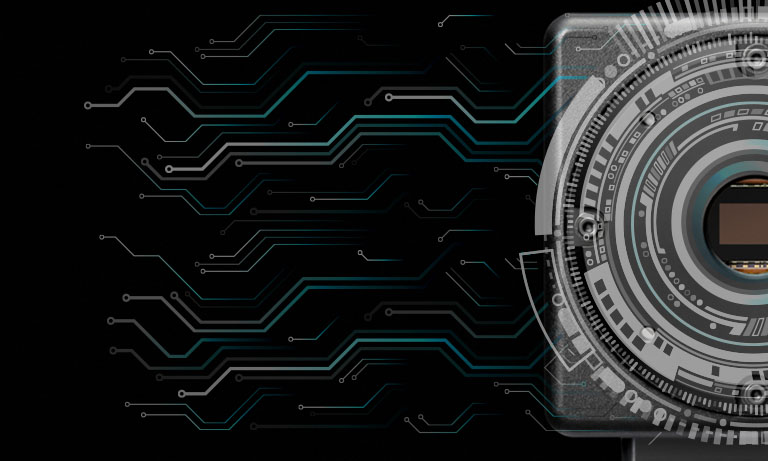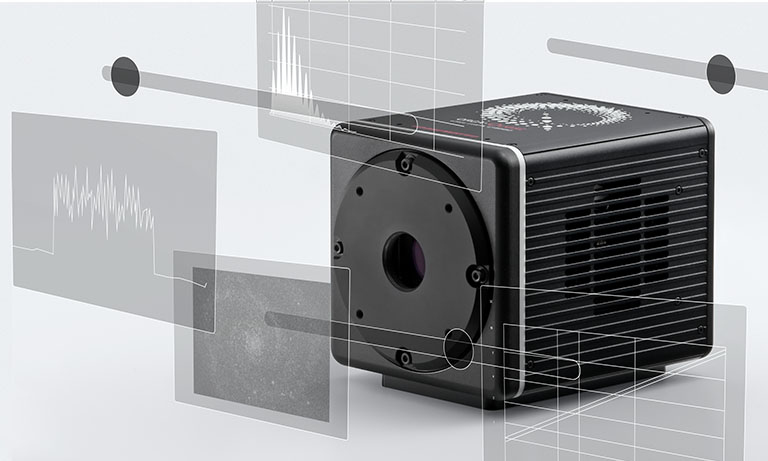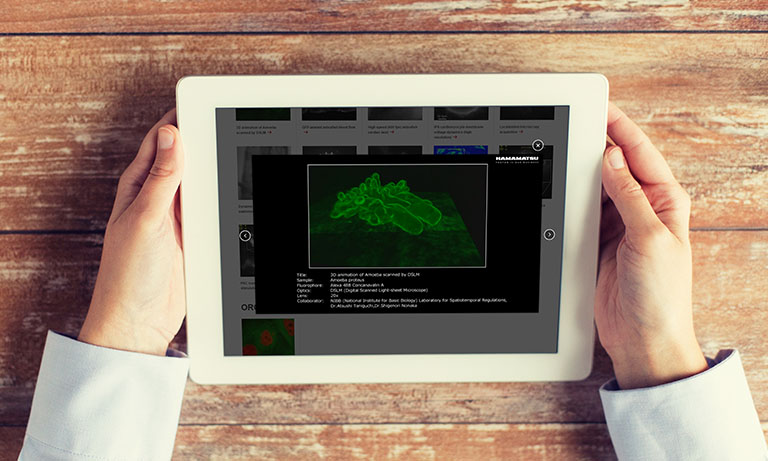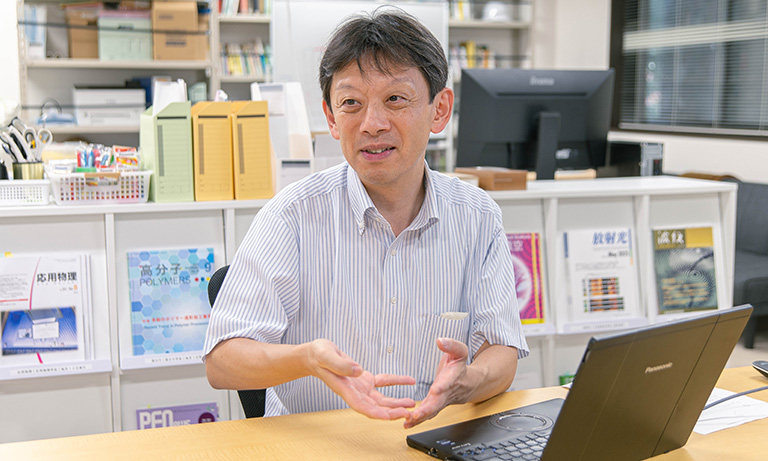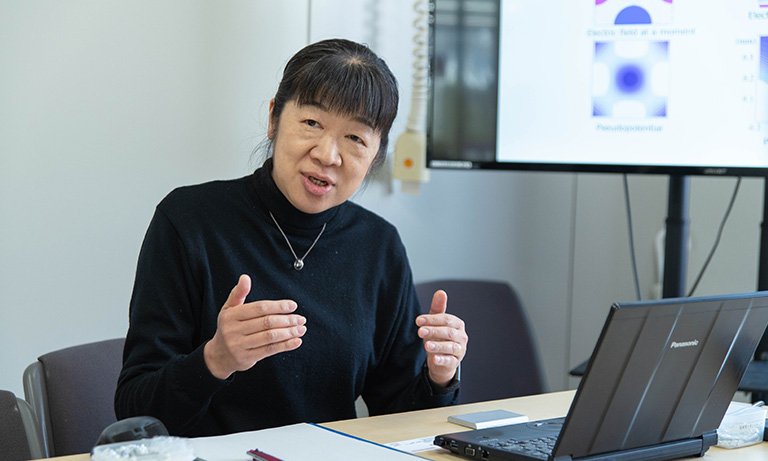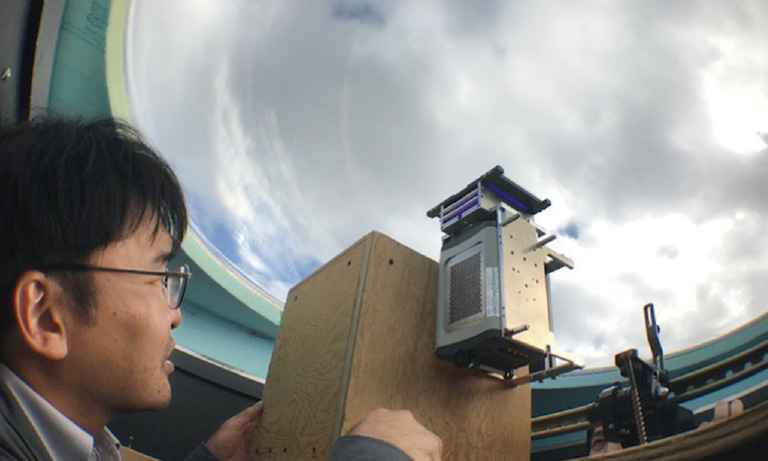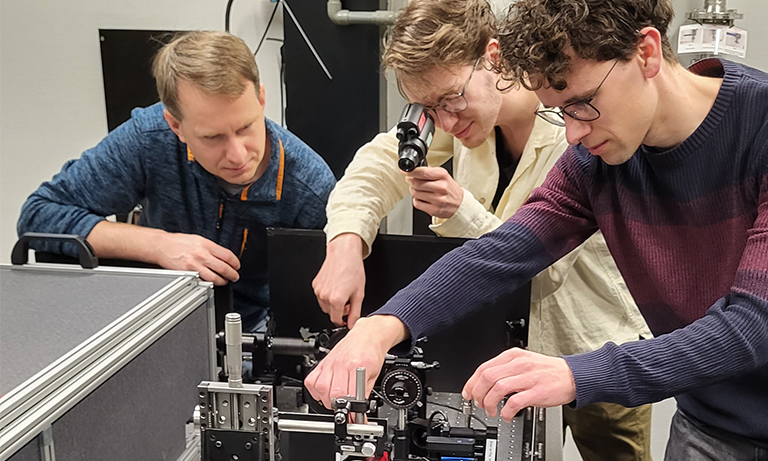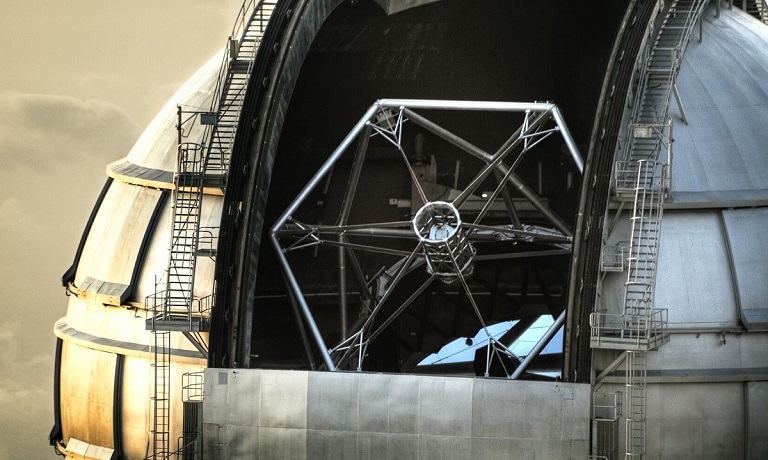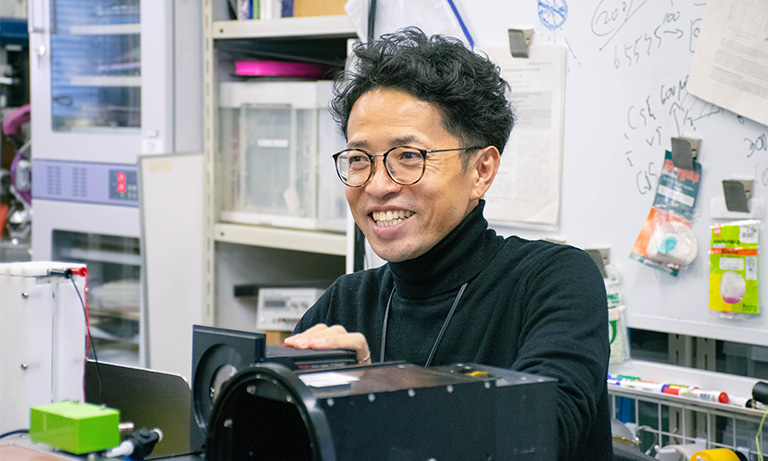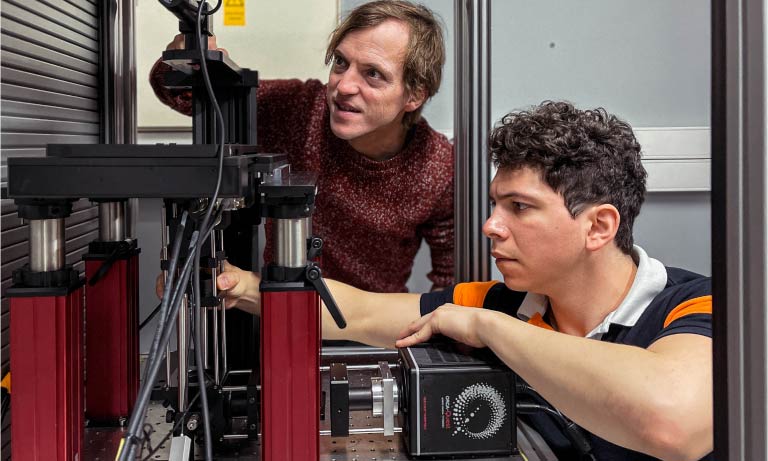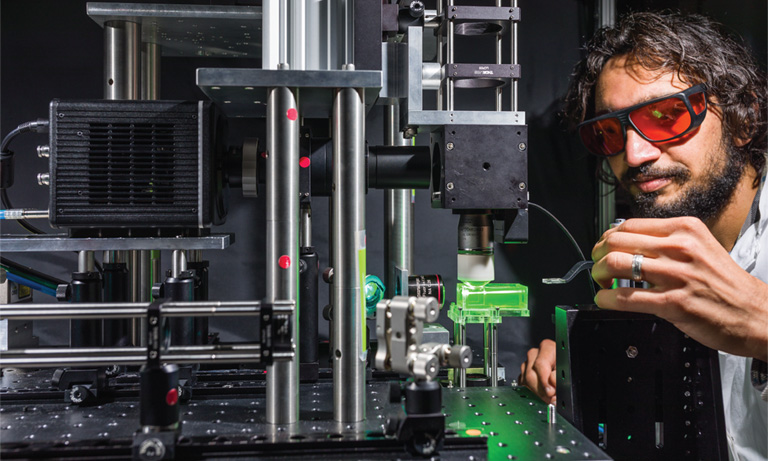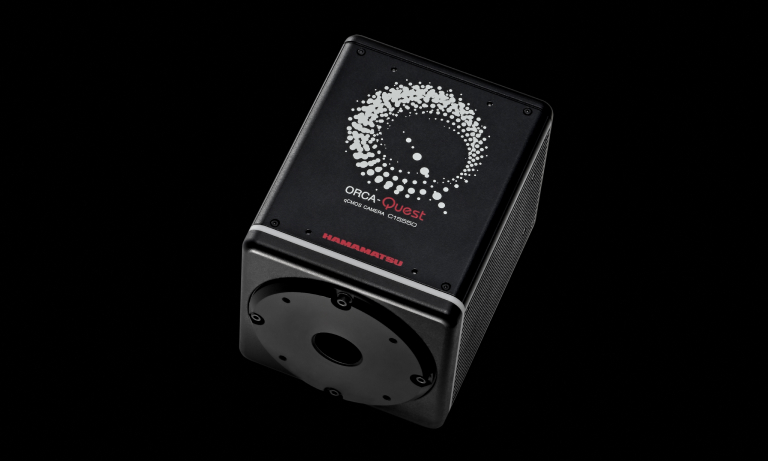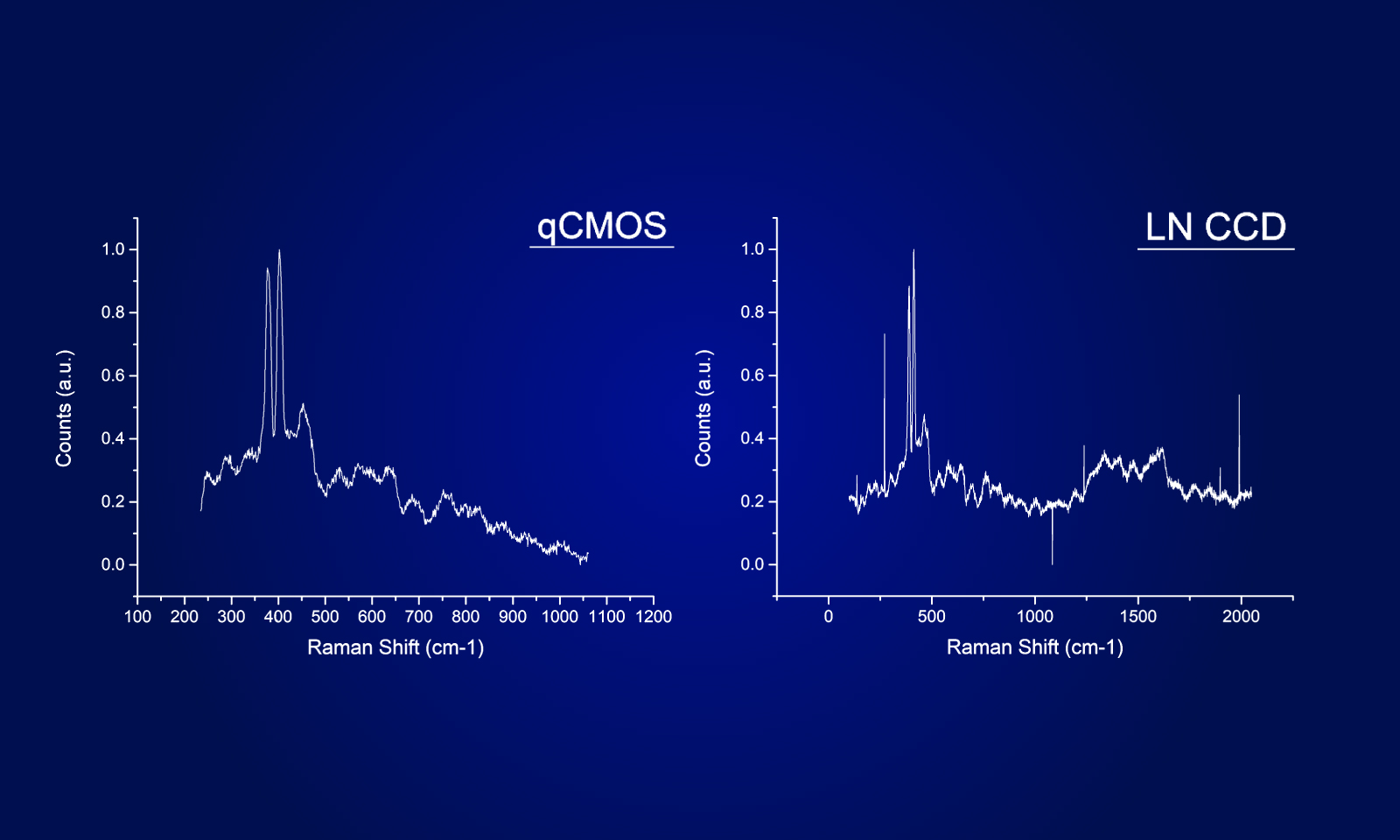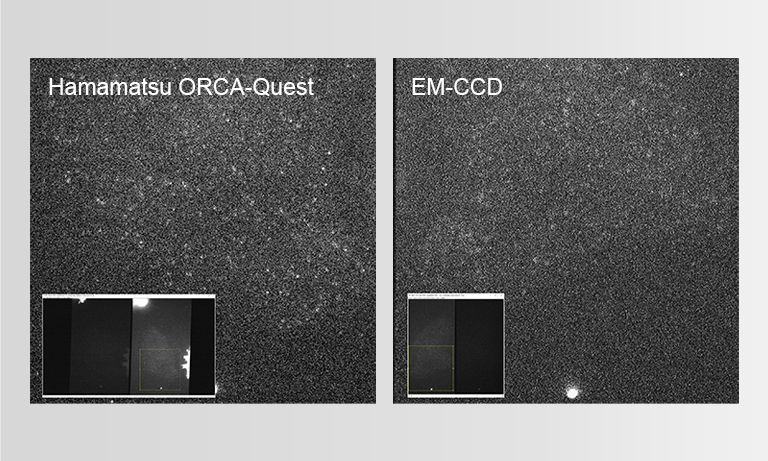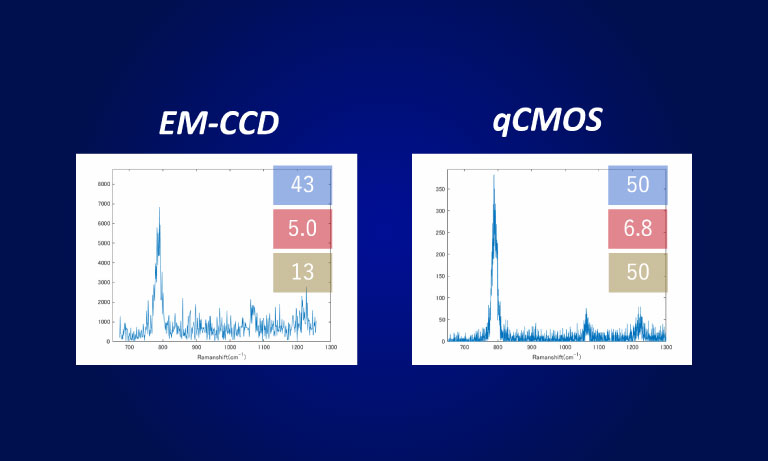Japan (EN)
Select your region or country.
How fast can I image?
THIS GUIDE IS FOR:
Biologists that use, or are interested in using, microscope cameras and don’t speak engineering
THIS GUIDE OFFERS:
Clarity on the relevance of camera specs to biological experimentation
SECTIONS:
LISTED IN SPECIFICATIONS AS:
| Hamamatsu listing | Synonyms used by other vendors |
|---|---|
| Readout time (sCMOS only) | |
| Readout speed | Imaging frequency |
| Pixel clock rate | Pixel readout rate, Pixel scan rate, Clock rate |
| Read-out modes | Binning, Sub-array |
Biological processes can be dynamic, with events happening over a multiple log range of time scales. To understand whether your camera can keep up with your experiments, look at readout time, readout speed, pixel clock rate and consider how much of the sensor you’ll be using to acauire your images.
Readout speed tells you how many frames-per-second the camera can capture an image, with conversion to 1/readout speed providing information on the speed of individual frames. For a camera with 100 fps, each frame is captured at 1/100 seconds or 10 ms.
The pixel clock rate tells you how fast individual pixels are read out from a CCD or EM-CCD camera, providing a lower bound for imaging speed—you won’t be able to image any faster than the camera can process, and you still need to add on exposure time. The pixel clock rate is often given in MHz, so 1/pixel clock rate will tell you how long it takes to read each individual pixel.
Pixel clock rate is an important specification for CCD and EM-CCD cameras, but not for CMOS cameras because of chip architecture (read here for more on the differences between CCD, EM-CCD, and CMOS). Unlike CCD and EM-CCD cameras where photoelectrons from each pixel are converted into voltage one-at-a-time via a single amplifier, in CMOS cameras each pixel has its own amplifier, so conversion of photoelectrons happens in parallel in all the pixels. This parallel processing of photoelectrons is what gives Gen II sCMOS cameras such fast readout speeds.
Readout time is a specification Hamamatsu supplies for its CMOS cameras, and provides the readout rate of the entire array—its 1/readout speed. So for the ORCAⓇ-Flash4.0, the readout speed at fast scan is 100 fps, giving a readout time of 1/100 = 10 ms.
I still need to image faster; what can I do?
For some experiments, capturing higher speeds is more important than high resolution. By binning pixels in a CCD camera, groups of pixels are combined on the sensor to increase readout speed, but at the cost of slightly lower spatial resolution.
CCD camera binning is a function that is intrinsic to the sensor and built into the camera, with typical capabilities of binning pixels by 2 × 2, 4 × 4, and 8 × 8.
Note that another advantage of binning—many may argue the main advantage—is an increase in the signal-to-noise ratio (SNR). The signal is multiplied by the amount of additional area, but the noise (read noise and dark noise) remains the same, and the loss of spatial resolution is linear. For example, in 2 × 2 binning, the signal increases by a factor of 4, spatial resolution decreases by 2×, but the noise is unchanged . For 4 × 4 binning, the signal increases by a factor of 16 with no increase in noise, and the spatial resolution decreases 4×.
Binning in sCMOS is possible, but due to the structure of the sensor it occurs after digitization of the signal, and thus does not increase readout speed. For sCMOS cameras in particular, the main advantage of binning is to increase SNR.
In addition to binning, most cameras can achieve faster frame rates by reducing the size of the frame. By capturing a subset or sub-array of the whole effective area, there are fewer pixels to readout. In a CCD camera, subarrray readout speeds are determined by the overall size of the subset of pixels but in sCMOS, only shortening the vertical dimension of the region increases speed. Thus, in the Flash4.0, a 2048 (h) × 128 (v) region has the same frame rate as a 500 (h) × 128 (v).
BOTTOM LINE:
- Readout speed provides the maximum frame rate in frames-per-second.
- Pixel clock rate (CCD and EM-CCD only) describes how fast each pixel can be read and provides a lower bound for imaging speed.
- Pixel clock rate are not as relevant in CMOS cameras because of differences in chip architecture from CCD/EM-CCD cameras.
- Readout time for CMOS cameras describes how fast the entire array can be imaged, and is 1/readout speed.
- Cameras with binning (CCD and EM-CCDs only) and subset/sub-array capabilities can increase readout speed, enabling faster frame rates.
Faster frame rates are possible but come at the price of either lower resolution—binning—or smaller field-of-view—subset/sub-array.
NEXT SECTION: Will I be able to differentiate 1500 molecules from 1475? What’s the dynamic range?
- Confirmation
-
It looks like you're in the . If this is not your location, please select the correct region or country below.
You're headed to Hamamatsu Photonics website for JP (English). If you want to view an other country's site, the optimized information will be provided by selecting options below.
In order to use this website comfortably, we use cookies. For cookie details please see our cookie policy.
- Cookie Policy
-
This website or its third-party tools use cookies, which are necessary to its functioning and required to achieve the purposes illustrated in this cookie policy. By closing the cookie warning banner, scrolling the page, clicking a link or continuing to browse otherwise, you agree to the use of cookies.
Hamamatsu uses cookies in order to enhance your experience on our website and ensure that our website functions.
You can visit this page at any time to learn more about cookies, get the most up to date information on how we use cookies and manage your cookie settings. We will not use cookies for any purpose other than the ones stated, but please note that we reserve the right to update our cookies.
1. What are cookies?
For modern websites to work according to visitor’s expectations, they need to collect certain basic information about visitors. To do this, a site will create small text files which are placed on visitor’s devices (computer or mobile) - these files are known as cookies when you access a website. Cookies are used in order to make websites function and work efficiently. Cookies are uniquely assigned to each visitor and can only be read by a web server in the domain that issued the cookie to the visitor. Cookies cannot be used to run programs or deliver viruses to a visitor’s device.
Cookies do various jobs which make the visitor’s experience of the internet much smoother and more interactive. For instance, cookies are used to remember the visitor’s preferences on sites they visit often, to remember language preference and to help navigate between pages more efficiently. Much, though not all, of the data collected is anonymous, though some of it is designed to detect browsing patterns and approximate geographical location to improve the visitor experience.
Certain type of cookies may require the data subject’s consent before storing them on the computer.
2. What are the different types of cookies?
This website uses two types of cookies:
- First party cookies. For our website, the first party cookies are controlled and maintained by Hamamatsu. No other parties have access to these cookies.
- Third party cookies. These cookies are implemented by organizations outside Hamamatsu. We do not have access to the data in these cookies, but we use these cookies to improve the overall website experience.
3. How do we use cookies?
This website uses cookies for following purposes:
- Certain cookies are necessary for our website to function. These are strictly necessary cookies and are required to enable website access, support navigation or provide relevant content. These cookies direct you to the correct region or country, and support security and ecommerce. Strictly necessary cookies also enforce your privacy preferences. Without these strictly necessary cookies, much of our website will not function.
- Analytics cookies are used to track website usage. This data enables us to improve our website usability, performance and website administration. In our analytics cookies, we do not store any personal identifying information.
- Functionality cookies. These are used to recognize you when you return to our website. This enables us to personalize our content for you, greet you by name and remember your preferences (for example, your choice of language or region).
- These cookies record your visit to our website, the pages you have visited and the links you have followed. We will use this information to make our website and the advertising displayed on it more relevant to your interests. We may also share this information with third parties for this purpose.
Cookies help us help you. Through the use of cookies, we learn what is important to our visitors and we develop and enhance website content and functionality to support your experience. Much of our website can be accessed if cookies are disabled, however certain website functions may not work. And, we believe your current and future visits will be enhanced if cookies are enabled.
4. Which cookies do we use?
There are two ways to manage cookie preferences.
- You can set your cookie preferences on your device or in your browser.
- You can set your cookie preferences at the website level.
If you don’t want to receive cookies, you can modify your browser so that it notifies you when cookies are sent to it or you can refuse cookies altogether. You can also delete cookies that have already been set.
If you wish to restrict or block web browser cookies which are set on your device then you can do this through your browser settings; the Help function within your browser should tell you how. Alternatively, you may wish to visit www.aboutcookies.org, which contains comprehensive information on how to do this on a wide variety of desktop browsers.
5. What are Internet tags and how do we use them with cookies?
Occasionally, we may use internet tags (also known as action tags, single-pixel GIFs, clear GIFs, invisible GIFs and 1-by-1 GIFs) at this site and may deploy these tags/cookies through a third-party advertising partner or a web analytical service partner which may be located and store the respective information (including your IP-address) in a foreign country. These tags/cookies are placed on both online advertisements that bring users to this site and on different pages of this site. We use this technology to measure the visitors' responses to our sites and the effectiveness of our advertising campaigns (including how many times a page is opened and which information is consulted) as well as to evaluate your use of this website. The third-party partner or the web analytical service partner may be able to collect data about visitors to our and other sites because of these internet tags/cookies, may compose reports regarding the website’s activity for us and may provide further services which are related to the use of the website and the internet. They may provide such information to other parties if there is a legal requirement that they do so, or if they hire the other parties to process information on their behalf.
If you would like more information about web tags and cookies associated with on-line advertising or to opt-out of third-party collection of this information, please visit the Network Advertising Initiative website http://www.networkadvertising.org.
6. Analytics and Advertisement Cookies
We use third-party cookies (such as Google Analytics) to track visitors on our website, to get reports about how visitors use the website and to inform, optimize and serve ads based on someone's past visits to our website.
You may opt-out of Google Analytics cookies by the websites provided by Google:
https://tools.google.com/dlpage/gaoptout?hl=en
As provided in this Privacy Policy (Article 5), you can learn more about opt-out cookies by the website provided by Network Advertising Initiative:
http://www.networkadvertising.org
We inform you that in such case you will not be able to wholly use all functions of our website.
Close
